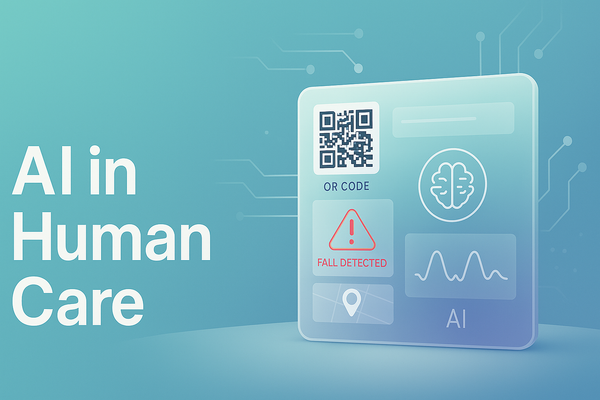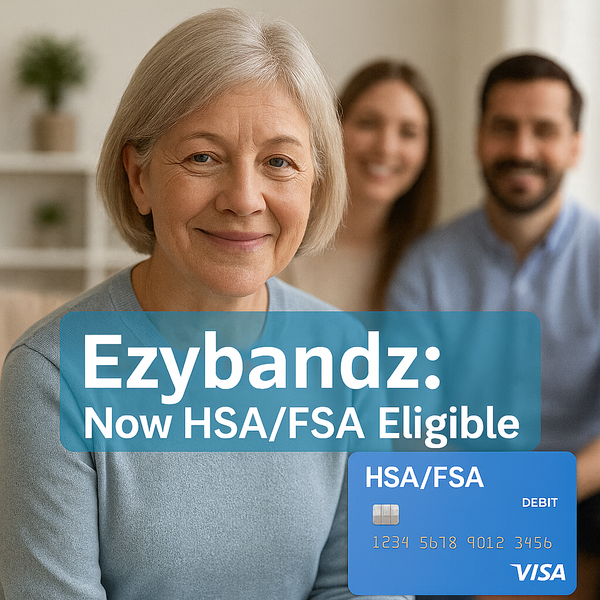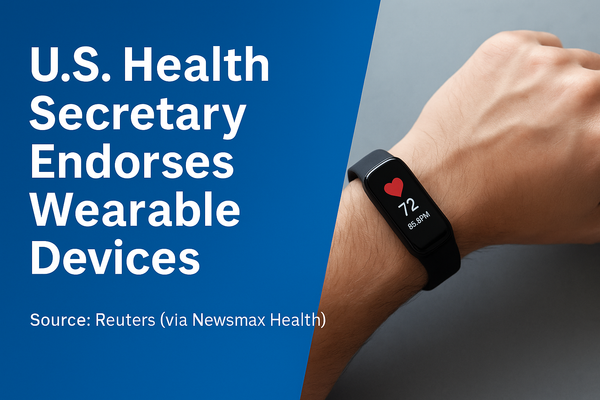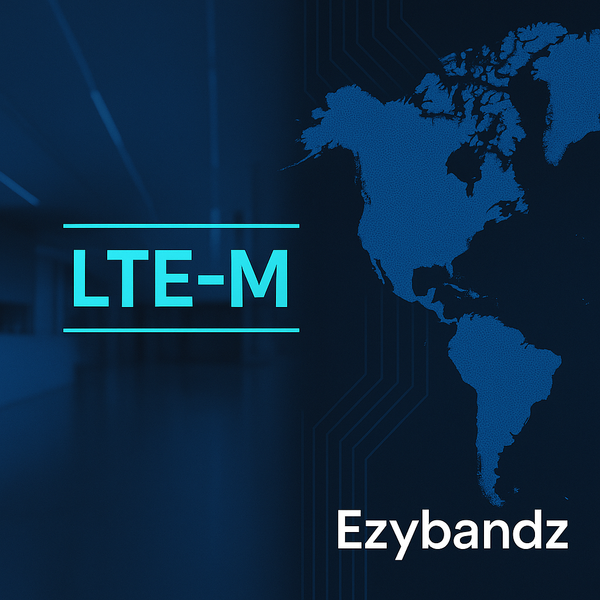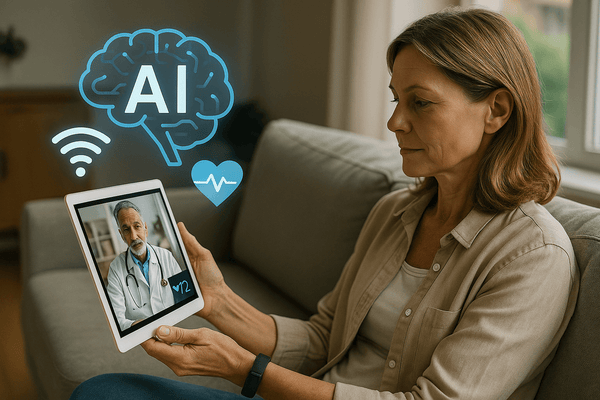By HealthTech Correspondent
July 28, 2025
As wearable health technology becomes more integral to aging, chronic care, and independent living, the demand for smarter, always-connected solutions is on the rise. At the forefront of this evolution is Ezybandz, a HealthTech company pioneering the use of LTE-M connectivity in medical alert systems delivering next-generation performance, reliability, and reach.
Their flagship wearable, the Ezybandz GuardianOne, is among the first medical alert devices designed from the ground up to integrate LTE-M cellular technology, enabling real-time data transmission, emergency alerts, and location tracking without requiring a smartphone, Wi-Fi, or Bluetooth pairing.
“We made a deliberate decision early on to build for LTE-M, not retrofit it,” said Antonio Martelli, CEO and co-founder of Ezybandz. “This connectivity standard gives our users independence and reliability at home, outdoors, or across state lines.”
What is LTE-M, and Why Does It Matter?
LTE-M (Long-Term Evolution for Machines) is a low-power, wide-area cellular network protocol designed for IoT devices. Unlike consumer-focused 4G/5G or short-range Bluetooth, LTE-M supports:
-
Extended battery life crucial for wearables used daily
-
Stronger building penetration and rural coverage
-
Mobile connectivity essential for users who are on the move
-
Two-way communication enabling alerts, voice prompts, and real-time data
For safety-focused HealthTech devices, LTE-M solves a long-standing problem: reliable, always-on connectivity without compromising battery or mobility.
Built for the Connected Age of HealthTech
Unlike many medical alert systems that depend on a nearby smartphone or home base station, the GuardianOne wearable connects directly to LTE-M towers. This enables:
-
Instant SOS alerts to pre-set emergency contacts or monitoring services
-
Real-time GPS updates that don’t rely on user intervention
-
Over-the-air software updates for feature rollouts and improvements
-
Fall detection and safety notifications, even in low-signal zones
All without requiring the user to carry a phone.
The result? A frictionless, lightweight solution for those who value independence but need a reliable line of communication in emergencies.
“GuardianOne isn’t just a wearable it’s a fully connected safety platform,” said Antonio Martelli. “It’s designed for real-world conditions, whether that’s urban density, remote areas, or dynamic, mobile lifestyles.”
Globally Ready, Network Aligned
Ezybandz designed the GuardianOne to be compatible with LTE-M networks across multiple countries, making the product ready for global rollout. With the ongoing sunset of 3G networks in the U.S., Europe, and Asia-Pacific, LTE-M is fast becoming the preferred network for critical HealthTech applications.
Unlike legacy systems tied to one geography or carrier, GuardianOne’s LTE-M integration ensures:
-
Future-proofed connectivity for long-term deployments
-
Scalable coverage for users who travel or relocate
-
Platform compatibility with emerging cloud and telehealth ecosystems
The company’s commitment to open, cloud-based architecture also makes it easier to integrate with caregiver dashboards, EHR systems, and disability support platforms in various regions.
Leading the Industry Shift
With LTE-M connectivity at its core, Ezybandz positions itself as part of a new generation of HealthTech innovators blending safety, simplicity, and scale.
Use cases already in focus include:
-
Aging in place, where users can remain in their homes longer with safety tools in reach
-
Disability support, offering connectivity without relying on smartphones or complicated tech
-
Post-hospital recovery, with data-enabled check-ins and geofenced movement monitoring
-
Travel independence, with seamless GPS and SOS features on the go
Unlike traditional panic buttons or call-center-based models, Ezybandz leans into real-time, smart mobility, giving users agency without added burden.
What Comes Next?
Currently in its pre-sale phase, GuardianOne has been engineered to support future upgrades via LTE-M, including:
-
Voice-based AI prompts
-
Biometric integration (e.g., temperature or SpO₂)
-
Caregiver-facing dashboards and remote support tools
-
Localized fall-risk mapping and behavioral alerts
This is made possible by the two-way capabilities of LTE-M, which allow updates, data transmission, and feedback all securely handled via edge-connected infrastructure.
“We’re not just building a device for today,” said Antonio Martelli. “We’re building an adaptive platform that can scale with the user meeting their needs as they grow, move, or change. LTE-M is the backbone that makes that vision possible.”
Final Word
As global health systems pivot toward decentralization, real-time remote care, and patient-led solutions, companies like Ezybandz are defining what’s next in connected safety wearables.
With LTE-M connectivity integrated at the core, the GuardianOne stands out as one of the most forward-thinking devices in the medical alert landscape offering real-time protection without complexity.
For more information, visit www.ezybandz.com or follow Ezybandz on LinkedIn for product updates and release timelines.



